Case Number : Case 1157 - 28th November Posted By: Guest
Please read the clinical history and view the images by clicking on them before you proffer your diagnosis.
Submitted Date :
Incision biopsy Slightly atrophic, hypopigmented patch, lower abdomen. 12mths. Skin type VI ?
vitiligo,?MF
Case Posted by Dr Richard Carr
vitiligo,?MF
Case Posted by Dr Richard Carr

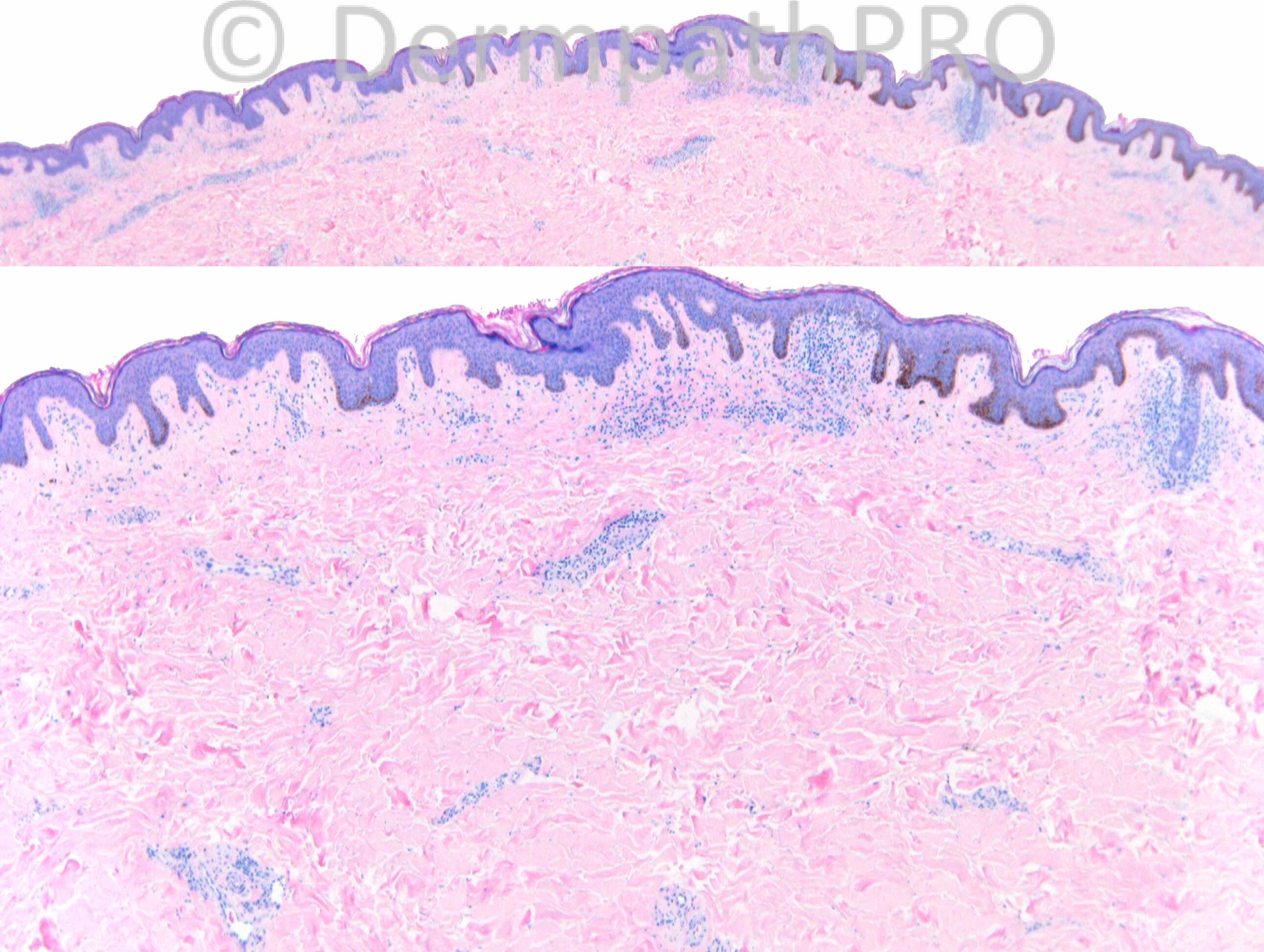
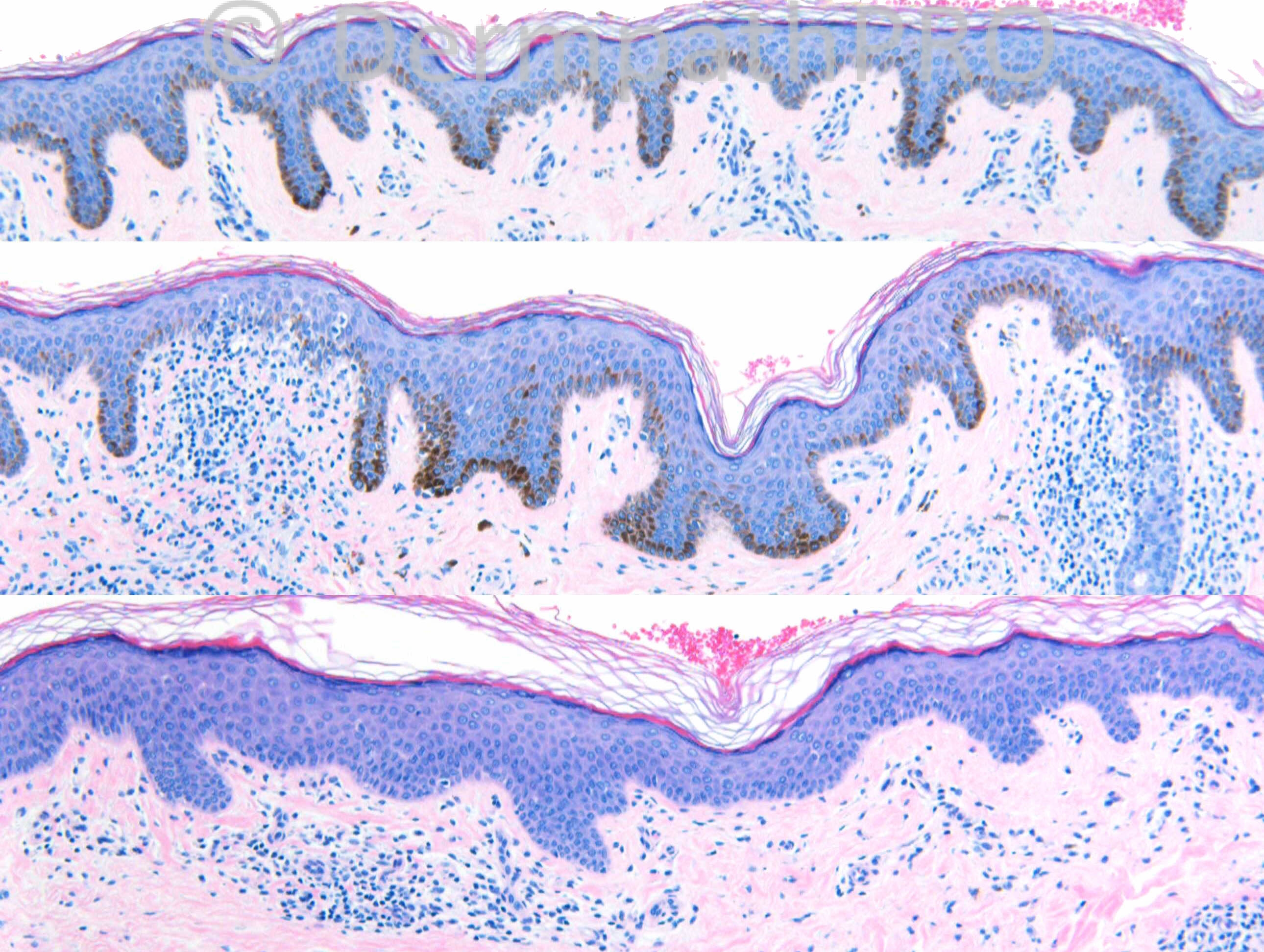
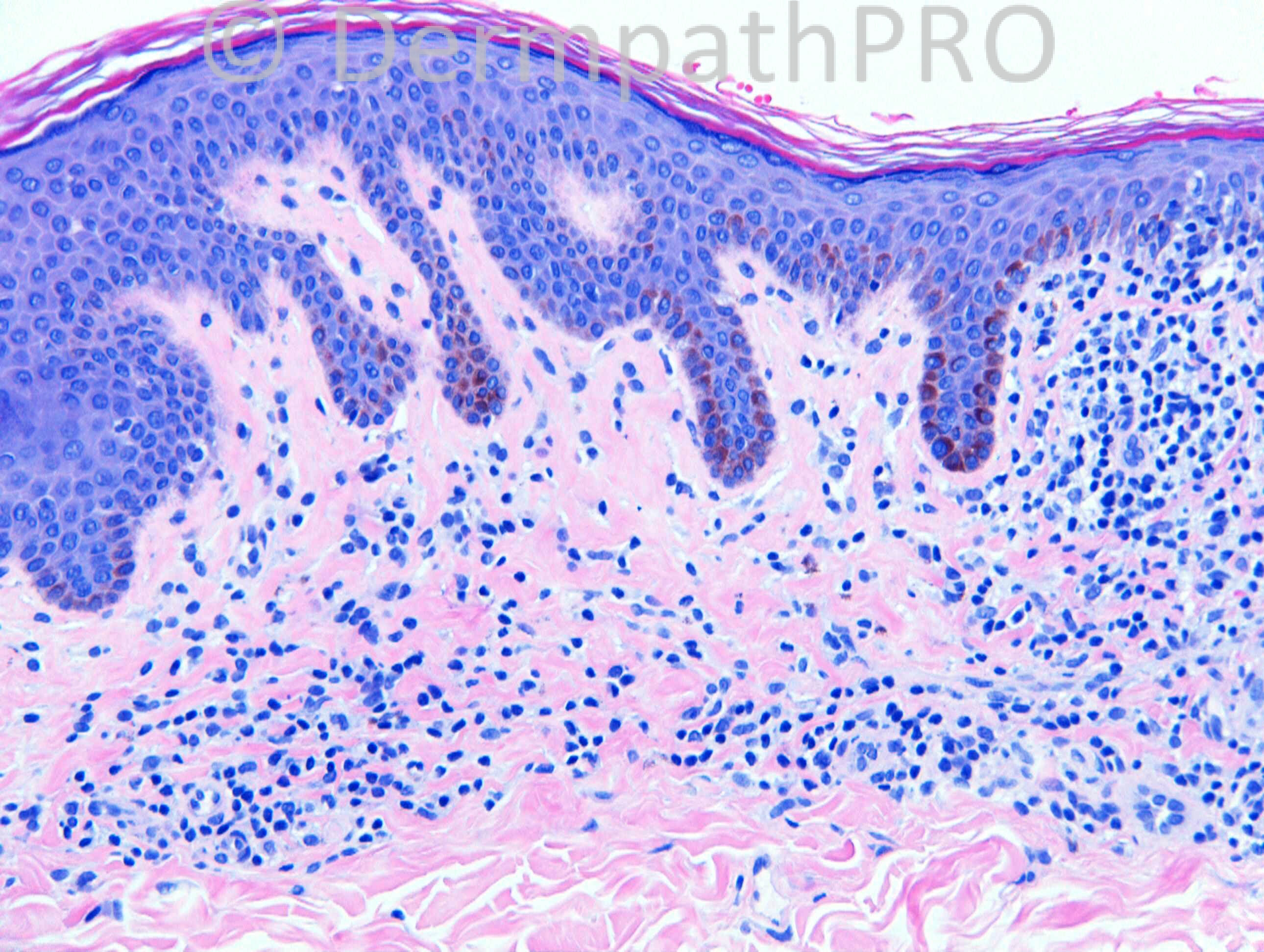

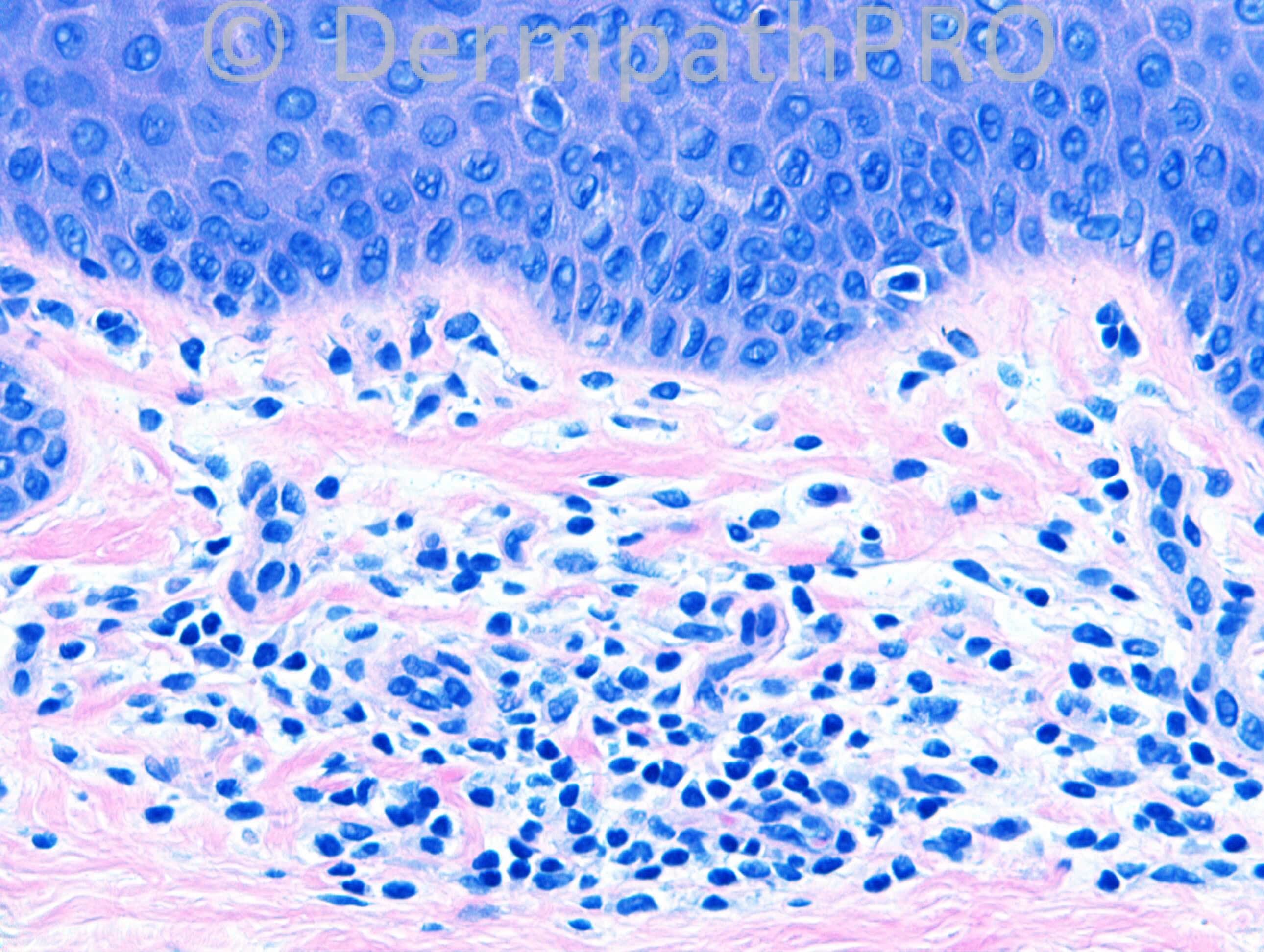
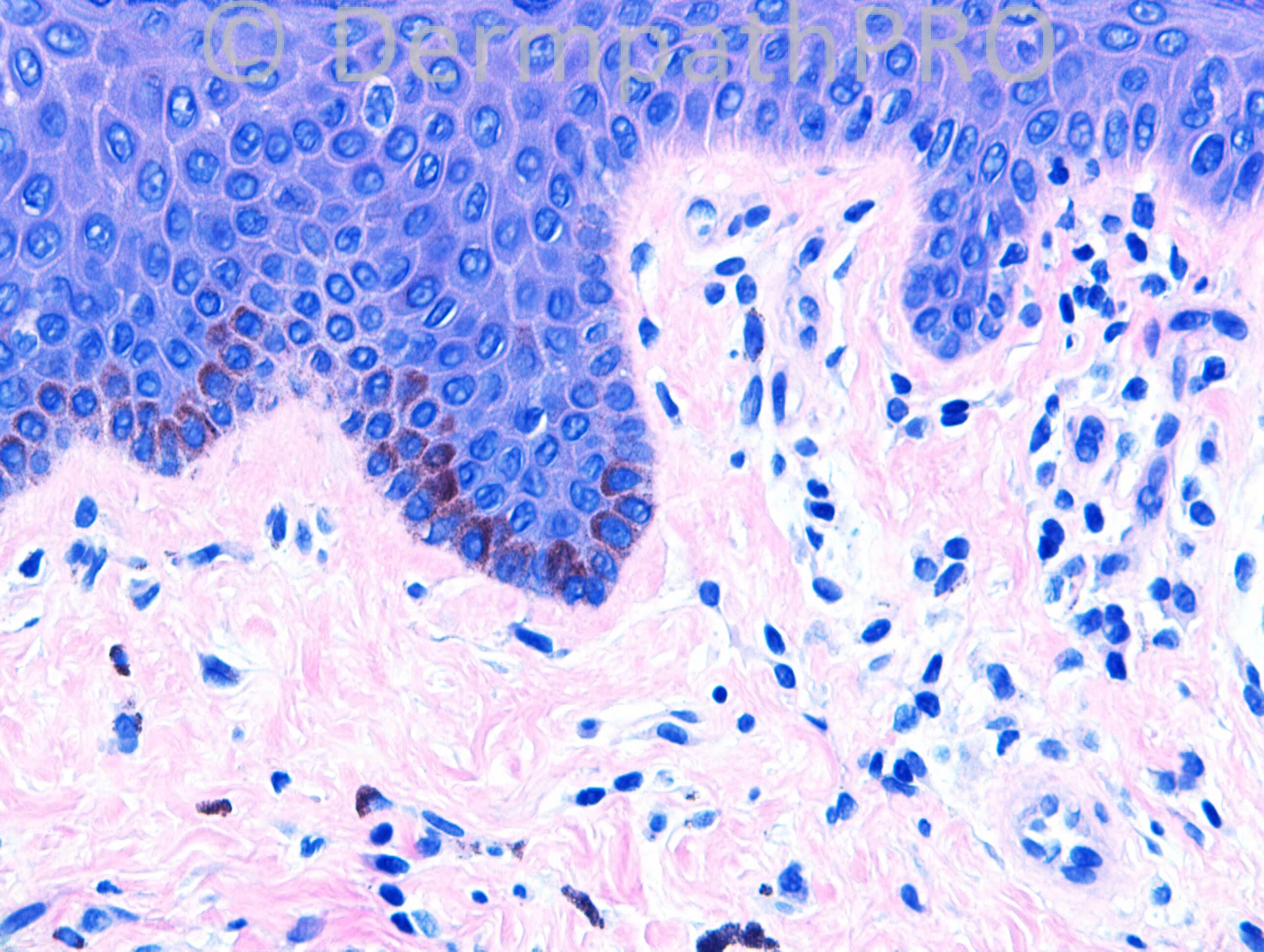

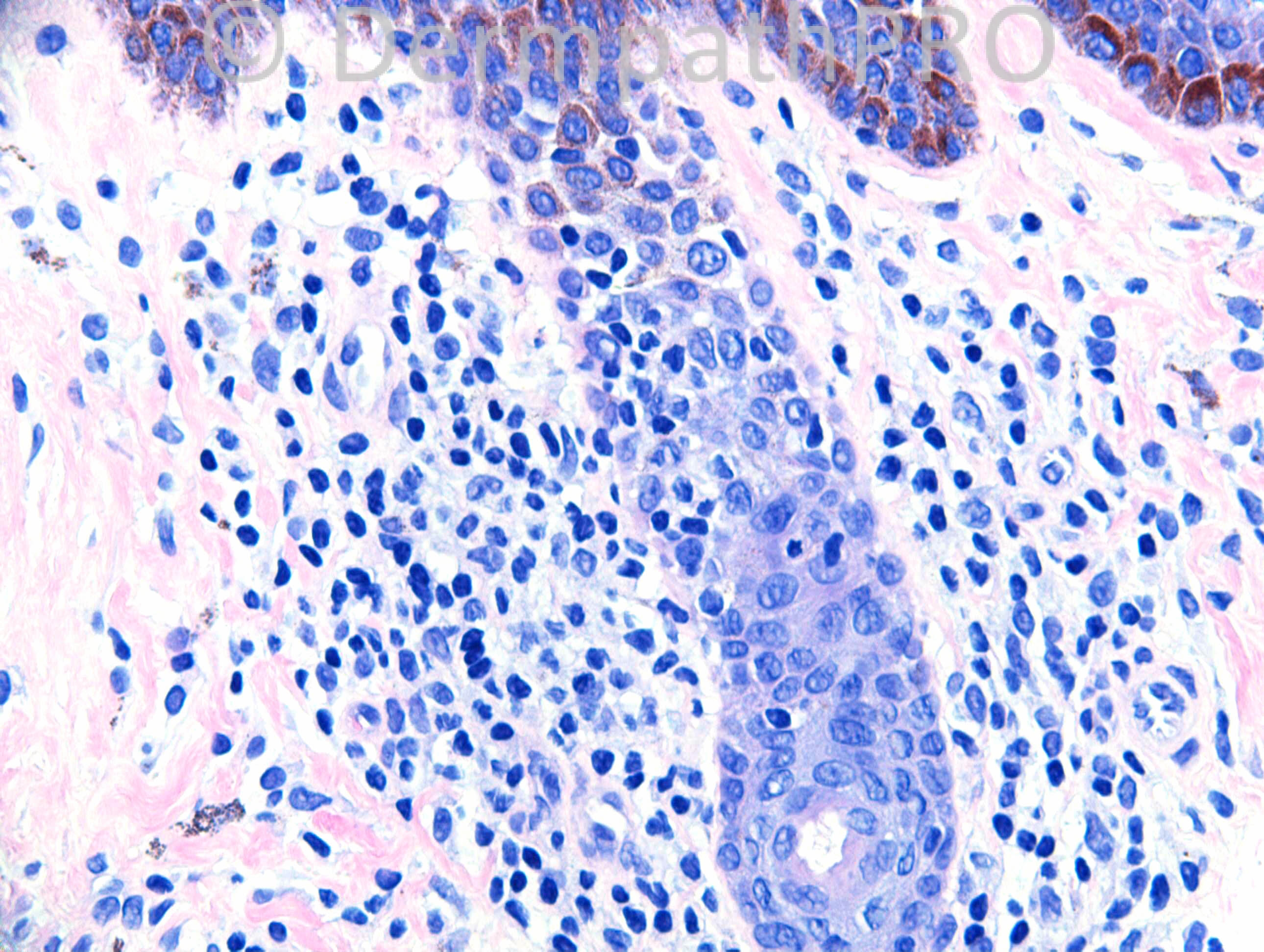
Join the conversation
You can post now and register later. If you have an account, sign in now to post with your account.